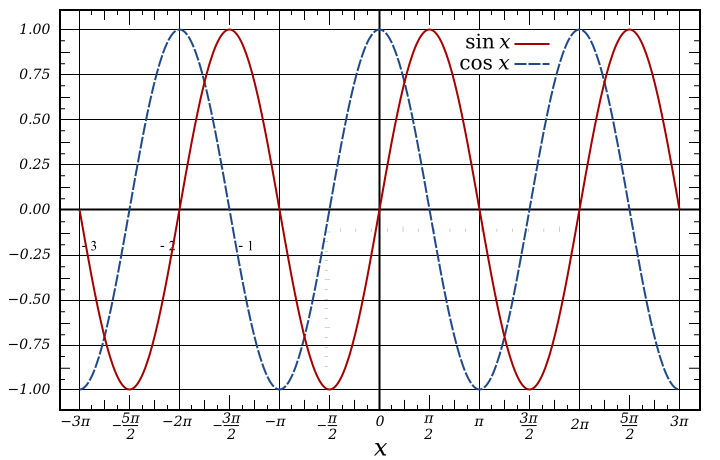neetendra1
Junior Member level 1
If i have a signal of certain Frequency then how to calculate its phase in digital world?
Follow along with the video below to see how to install our site as a web app on your home screen.
Note: This feature may not be available in some browsers.
how to connect its frequency with the phase.
= Hmmmm do not understand your question ??????
